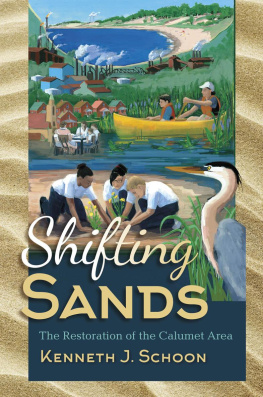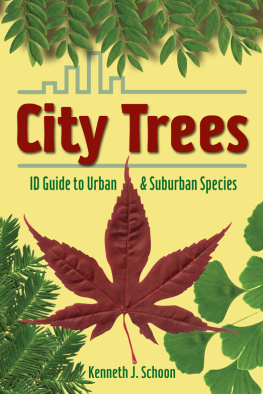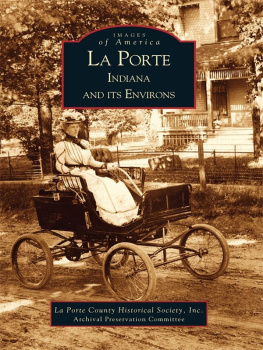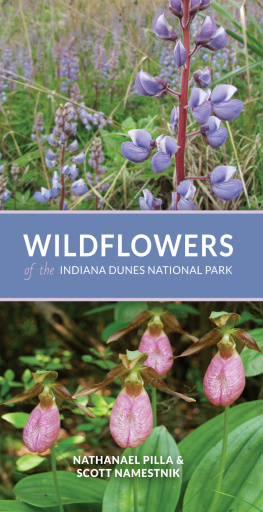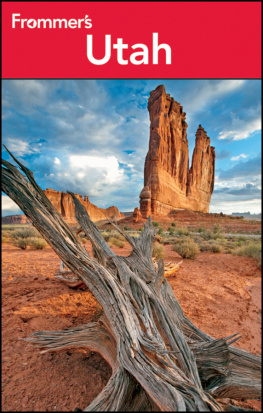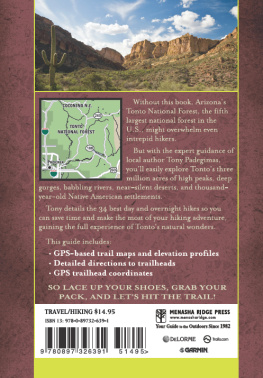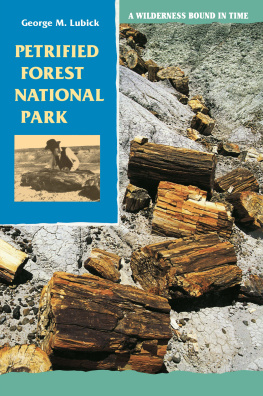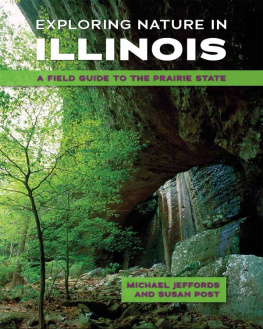This book is a publication of
Quarry Books
an imprint of
Indiana University Press
Office of Scholarly Publishing
Herman B Wells Library 350
1320 East 10th Street
Bloomington, Indiana 47405 USA
iupress.indiana.edu
2016 by Kenneth J. Schoon
All rights reserved
No part of this book may be reproduced or utilized in any form or by any means, electronic or mechanical, including photocopying and recording, or by any information storage and retrieval system, without permission in writing from the publisher. The Association of American University Presses Resolution on Permissions constitutes the only exception to this prohibition.
This book is printed on acid-free paper.
Manufactured in Korea
Cataloging information is available from the Library of Congress.
ISBN 978-0-253-02295-0 (cloth)
ISBN 978-0-253-02340-7 (ebook)
1 2 3 4 5 21 20 19 18 17 16
ACKNOWLEDGMENTS
I AM GRATEFUL FOR THE SUPPORT AND CONTRIBUTIONS OF THE following individuals: Dustin Anderson, Erin Argyilan, Peter Avis, Nicole Barker, Geof Benson, Eric Bird, Scott Bocock, Eric Bottger, Mark Bottger, Lee Botts, whose idea it was to write this book, Mark Bouman, Joel Brammeier, Brian Breidert, Casey Bukro, Brad Bumgardner, Jennifer Caddick, Dorreen Carey, Kelly Carmichael, Young Choi, Candace Clark, Peter Clevering, Bradley Cook, Carole Cornelison, Spencer Cortwright, Steve Coxhead, Erin Crofton, Bob Daum, Therese Davis, Rick DeChantal, Tom Desch, Tom Easterly, Alicia Ebaugh, Eric Ehn, Jim Erdelac, Jeff Farkas, John Fekete, Meghan Forseth, Meredith Gramelspacher, Dale Heinze, Walt Helminski, Gregg Hertzlieb, Tricia Hodge, John Hodson, Eva Hopkins, Amber Horbovetz, Paula Isolampi, Elizabeth Johnson, Brian Kallies, Matthew Keene, Tom Keilman, Anne Koehler, Gayle Kosalko, Anicia Kosky, Kris Krouse, Barb Labus, Paul Labus, Carolyn Lohman, Mark Loomis, Kathy Luther, Richard Lytle, Diana Mally, Jeff Manuczak, Steve McShane, John Mengel, Nick Meyer, Susan MiHalo, Marie Min, Peg Mohar, Kelly Mullaney, Paul Nelson, Caitie Nigrelli, Kelly Nissan-Budge, Ron Novak, Michele Oertel, Noel Pavlovic, Trent Pendley, Aaron Pigors, Dan Plath, Jolice Pojeta, Heather Pritchard, Herb and Charlotte Read, Mark Reshkin, Jeanne Robbins, Ronald Robbins, Jeanette Romano, Mike Ryan, Scott Sandberg, Carrie Sanidas, Rana Segal, JoAnne Shafer, Steve Shook, Candice Smith, Ashley Snyder, Russell Snyder, Donna Stuckert, Jim Sweeney, Kim Swift, Ellen Szarleta, Damon Theis, Gayle Tonkovich, Kim Torp, Ron Trigg, Clay Turner, Marcy Twete, John Watkins, Cindy Watson, Sarah Weaver, Sandi Weindling, David Wellman, Kristin Wiley, Patricia Wisniewski, Don Woodard, and special thanks to Peg Schoon for copyediting the work, compiling the index, and putting up with my fixation on this effort.
I am appreciative of all the persons and institutions that made their photographs available for inclusion in this book. Donors are listed in the captions. Special appreciation goes to Ron Trigg, who took most of the photographs attributed to Shirley Heinze Land Trust. Illustrations whose captions list no donor were taken by me.
Finally, I am grateful to the Discovery Alliance composed of the Legacy Foundation, the Porter County Community Foundation, the Unity Foundation of LaPorte County, and the Crown Point Community Foundation. Its financial support allowed for a larger page size and full color illustrations throughout the book.
The material in this book has been carefully researched and reviewed; any potential errors that remain are of interest. Followers of environmental or local history who have information that conflicts with that given here are invited to contact the author.

Just as it is particularly blessed, Northwest Indiana is particularly challenged to achieve a cleaner, safer, richer environment and a sustainable balance between nature and the built environment.
ONE REGION, Northwest Indiana Profile
Part One
The Unrestricted Use of
Natural Resources
Historian Powell Moore called the Calumet Area Indianas Last Frontier. While it was the first part of Indiana to be explored by Europeans, it was the last to be settled and tamed.
Water has played a big part in determining its fate. It was through the waters of Lake Michigan that French explorers and voyageurs first came into the area in the late seventeenth century. It was the waters of the Kankakee River and its marshland that prevented American pioneers from moving north into the area in the late eighteenth and early nineteenth centuries. It was again by water that the first settlers, Joseph and Marie Bailly, entered the area, and they established their homestead on the waters of the Little Calumet River.
When Indiana became a state in 1816, most of its citizens lived in its southern portion. John Tipton, an early state official who surveyed the Illinois-Indiana border in 1821, described the dune area as ponds, marshes, and sand hills that can never admit of settlement nor never will be of much service to our state.
Slowly, however, American pioneers moved into what would soon be LaPorte, Porter, and Lake Counties and recognized their bounty. Slowly the wild landscape, except for the sand hills near Lake Michigan and the wetlands along its rivers, was turned into farmland. When the railroads arrived in the 1850s speculators and enterprising businessmen started investing heavily in the area.
Sand was mined, hauled away, and sold to municipalities, refractories, glass makers, and the railroads themselves. Clay was mined and turned into bricks. Ice was cut in the winter, hauled to distant cities in spring and summer, and sold to businesses and residents alike. Dunes were leveled. Wetlands were drained. Mills were built near sources of abundant water. Wastes were released into the air, piled on the ground, and dumped into the Calumet Areas slow-moving rivers.
The Calumet Area became an industrial giant. If Chicago was the City of the Big Shoulders, then the Calumet Area was part of the mechanism that made those shoulders big. When it was built in 1974 the Standard Oil Building (today the Aon Center) was the tallest building in Chicago but its refinery was in Whiting. The landmark stainless steelclad Inland Steel Building was earlier built in Chicago, but its mills were in East Chicago. Chicago had steel mills before Indiana did, but when they all closed, the Indiana mills remained open.
But all this activity created an extremely polluted region. The Grand Calumet River was named the most polluted in America. The air quality was the worst in the state. It was time to change direction.

